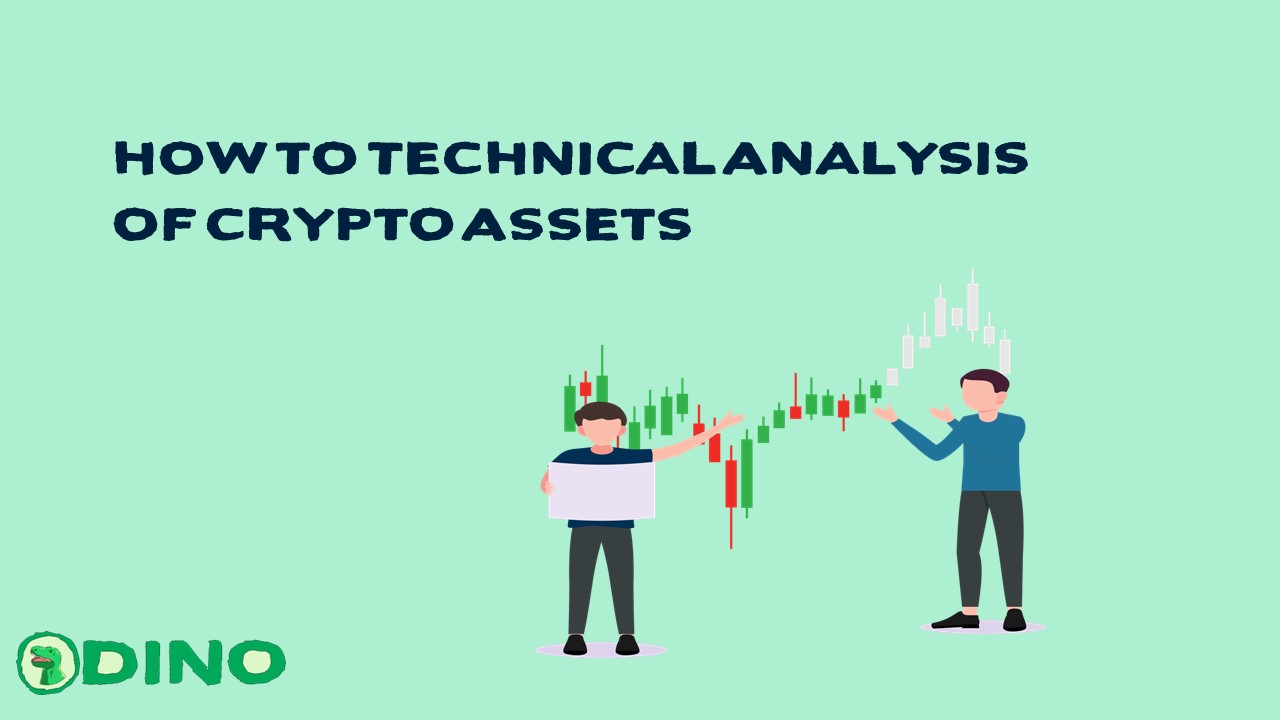In trading financial assets, investors and traders generally conduct analyses to get the maximum profit.
Technical analysis is generally used to get the best price when you want to buy and sell.
What is Technical Analysis
Technical analysis is a way of analysis in the financial world to predict the price movement of an asset.
The prediction is made by looking at the asset’s price movement and transaction volume in the previous period.
This method involves mathematical processes and statistics presented in charts to make it easier for traders or investors to find the best prices when buying and selling.
Generally, technical analysis is done by looking at price action or price movements using three steps for technical analysis.
3 Steps of Technical Analysis
In this article, we will guide three steps to conduct a technical analysis of crypto assets.
1. Seeing Market Movements
The first step is to see the direction of the price movement of an asset when you want to buy or sell.
When conducting technical analysis, please note that there are three price movements: sideways or consolidation, up, and down.
When prices move sideways or sideways, there is general uncertainty in the market. The delay means that the price is still not predictable and will rise or will fall.
This condition should be avoided if you want to make a transaction because it will most likely lead to wrong calculations.
The next movement is a correction or price depreciation movement, which is when the price of an asset moves down.
Analysts generally will wait to buy when prices move down until they get additional confirmation.
The last is the movement of price appreciation when the price moves up clearly.
Generally, this condition is used by investors to buy. Still, reliable analysts use it to start preparing to sell because dedicated analysts will sell when prices start high and buy when prices fall to make a profit.
Unfortunately for novice analysts, psychological matters will influence them to do the opposite or so-called FOMO.
2. Setting Targets
The second step is to set targets to buy or sell and maintain risk management.
To determine targets, analysts generally look at what prices are most frequently visited when prices move up or down.
The target analysis is called Support and Resistance analysis, where Support means the lower price limit and Resistance is the upper-cost limit.
These boundaries are found by looking at the areas visited and then marked.
Generally, the lower limit or Support is used to be a potential place to buy or cut losses, and the upper limit or Resistance is used to be a place to take profits.
When looking for the lower and upper limits of a price movement, Fibonacci can also be a helpful tool. When the trader has found the target to use, the next step is to look for final confirmation before buying or opening a position.
3. Looking for Confirmations
The third step is to look for confirmations to buy or sell. There are two ways to find proof when you want to buy or sell.
The first is by looking at the price movement or trend; when a reversal or reversal occurs, confirmation can begin to appear.
The most significant profit is generally obtained when a trader or investor buys or opens a position during a reversal. Reversal is the beginning of a new direction of movement that can generally survive and give profits.
The second is to look at chart patterns and candlestick patterns to complete the reversal confirmation.
There are types of chart patterns and candlestick patterns that indicate potential price appreciation, and there are types that suggest likely correction.
Note that these patterns do not need to be memorized but still need to be studied as they will be accommodating when conducting analysis.
These patterns can be searched on the internet because many sites provide guidance and even cheats regarding these confirming patterns.
After finding the confirmation, the trader or investor can already buy or open a position.
Keep in mind that technical analysis still does not guarantee that 100% predictions will always be correct.
So technical analysis must be juxtaposed with risk management to last a long time in the crypto or other financial markets.
Those are three steps to doing technical analysis; it is highly recommended to explore this knowledge first before starting to apply it.
More News About Crypto : NEWS
Follow our Twitter : https://twitter.com/DinoDapps




